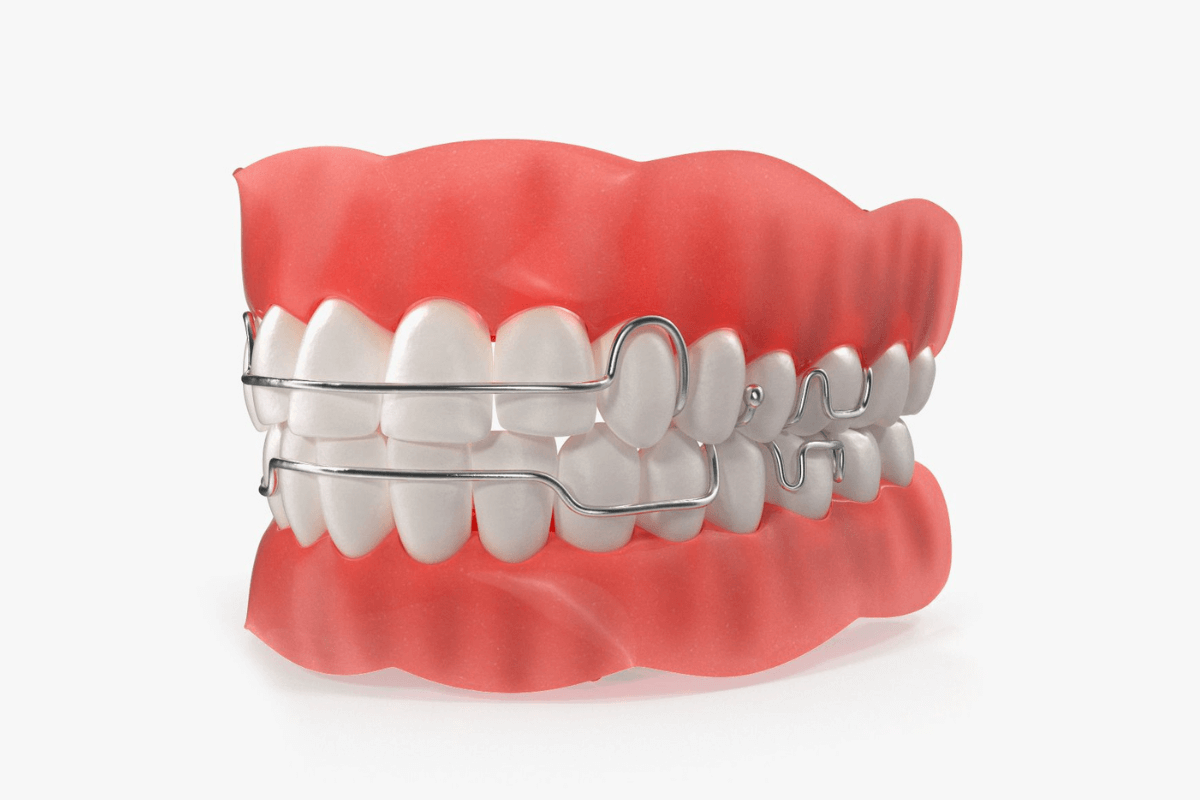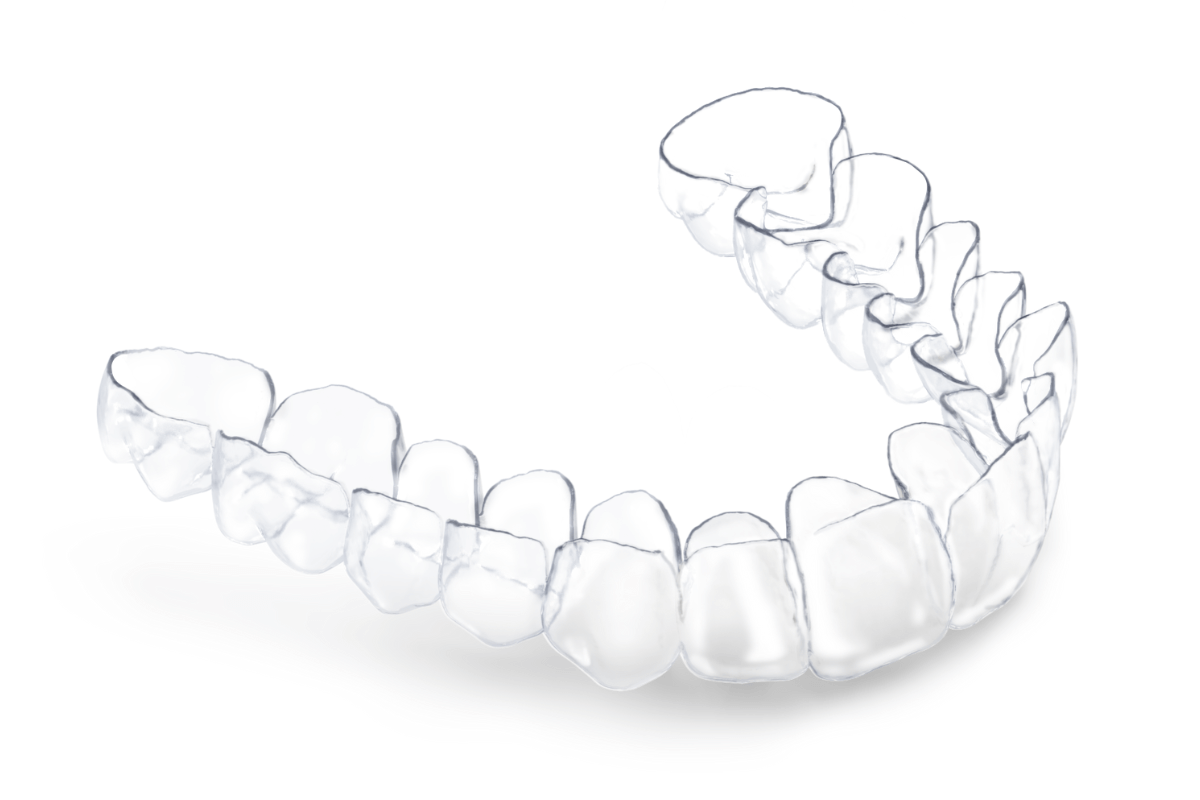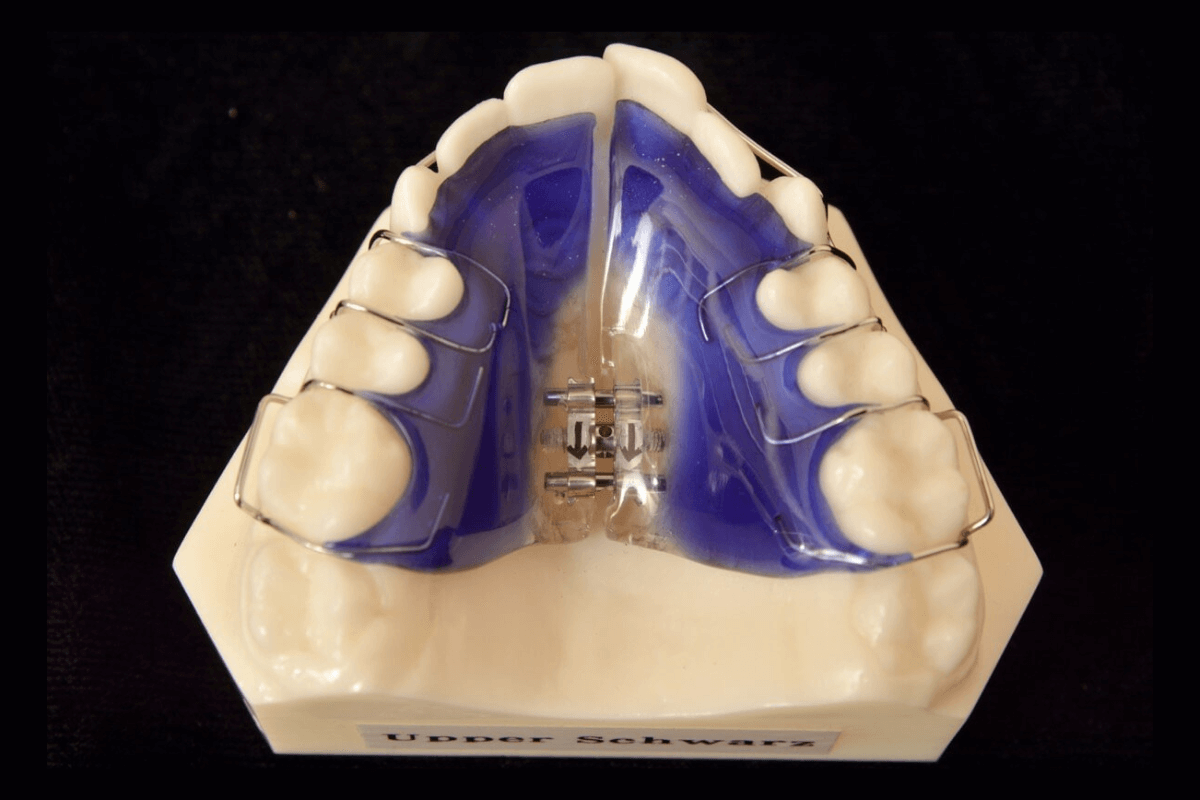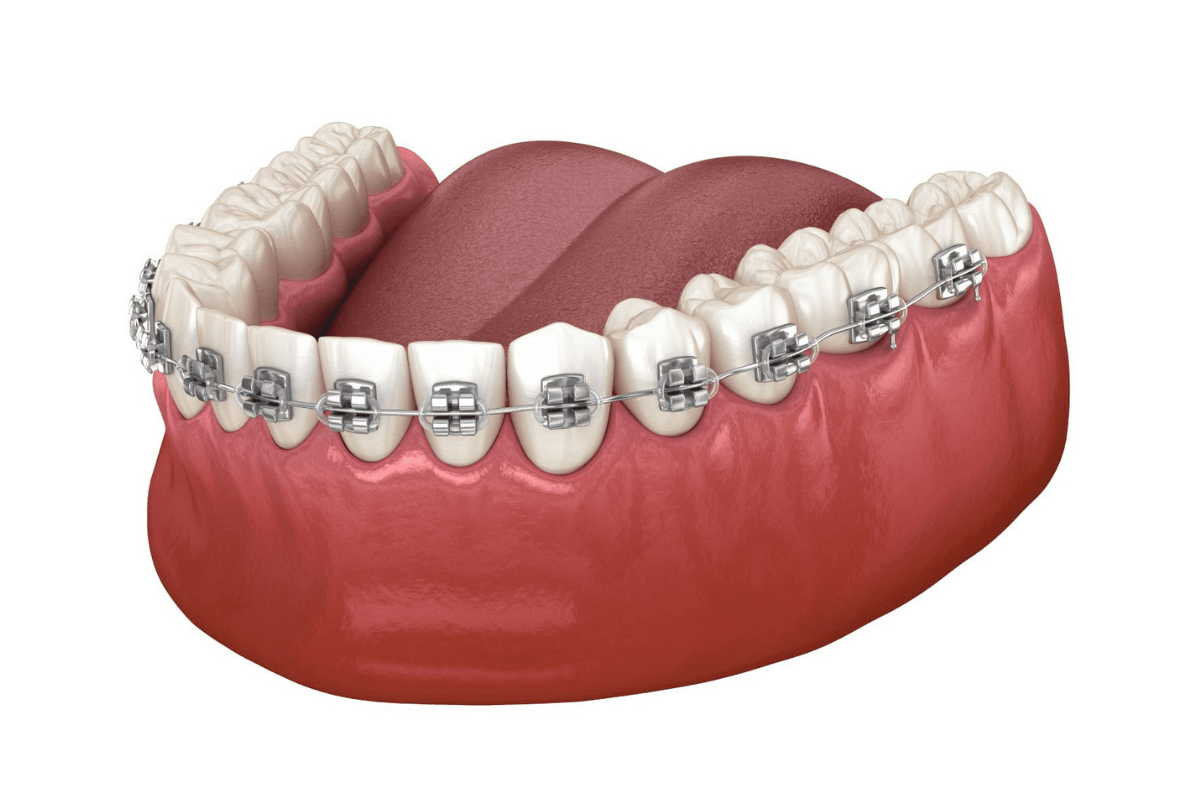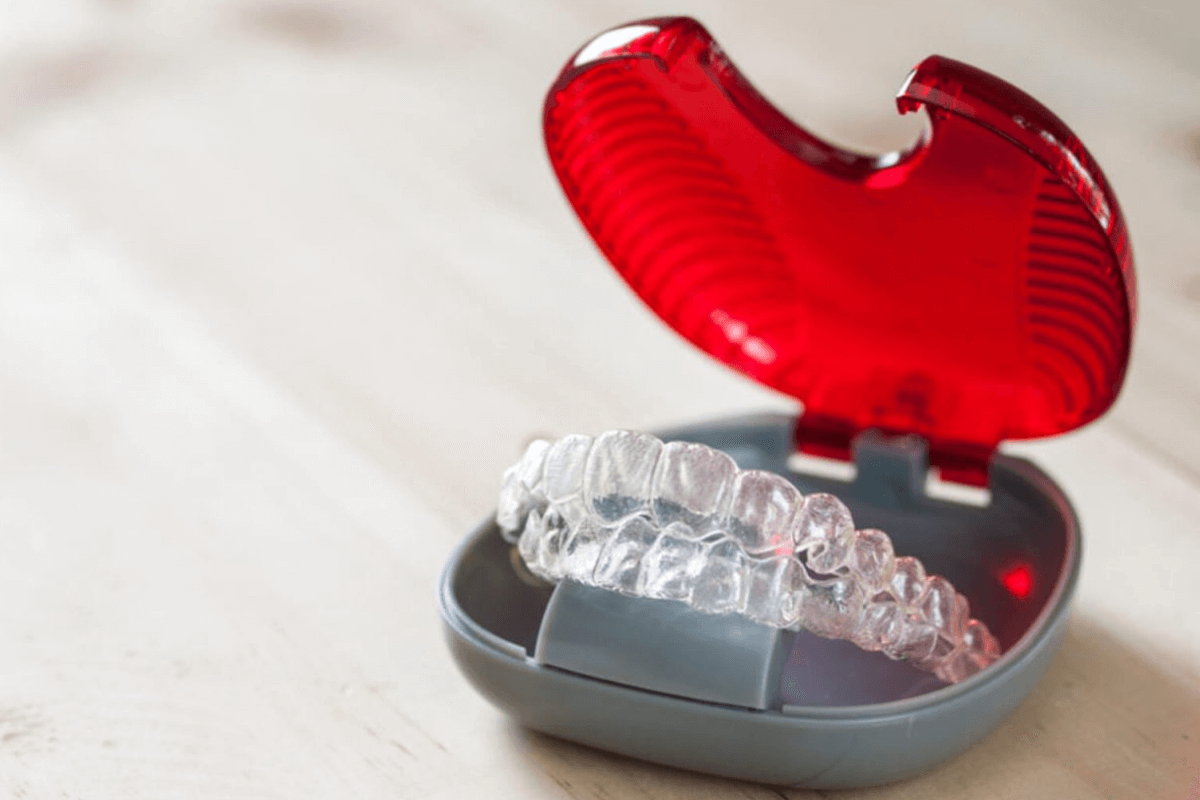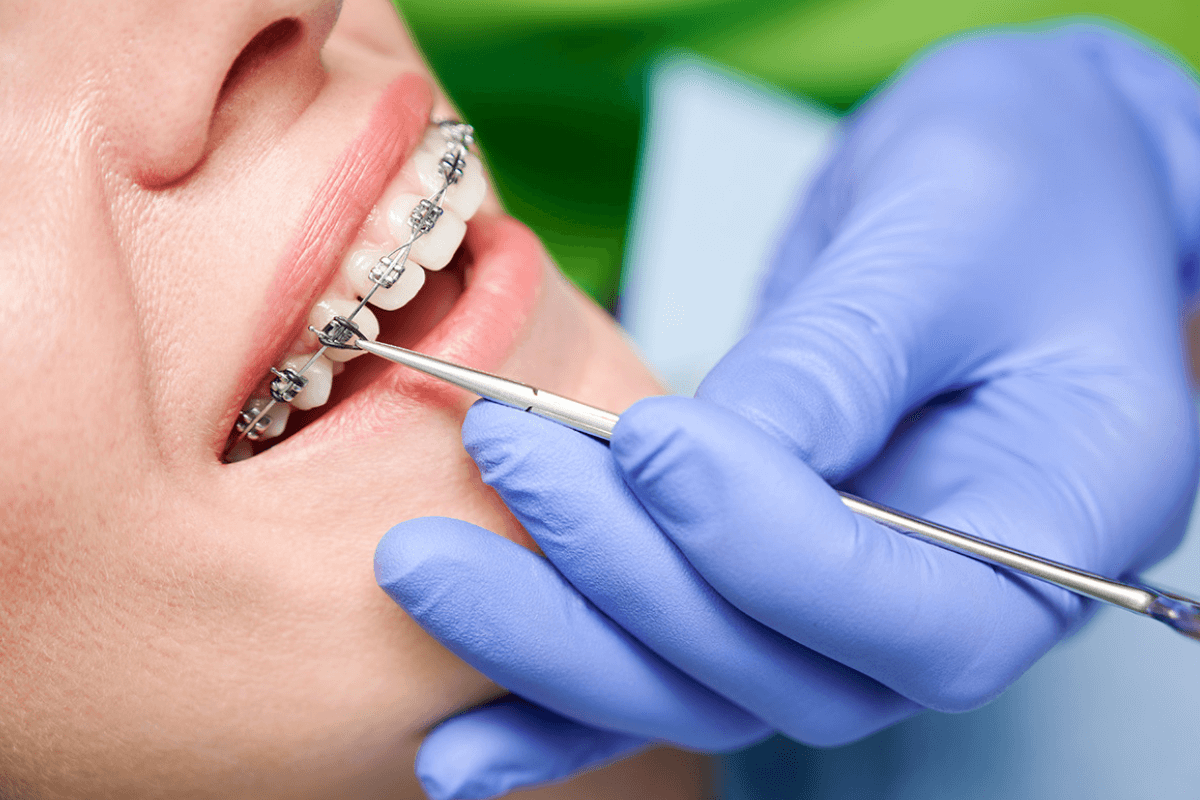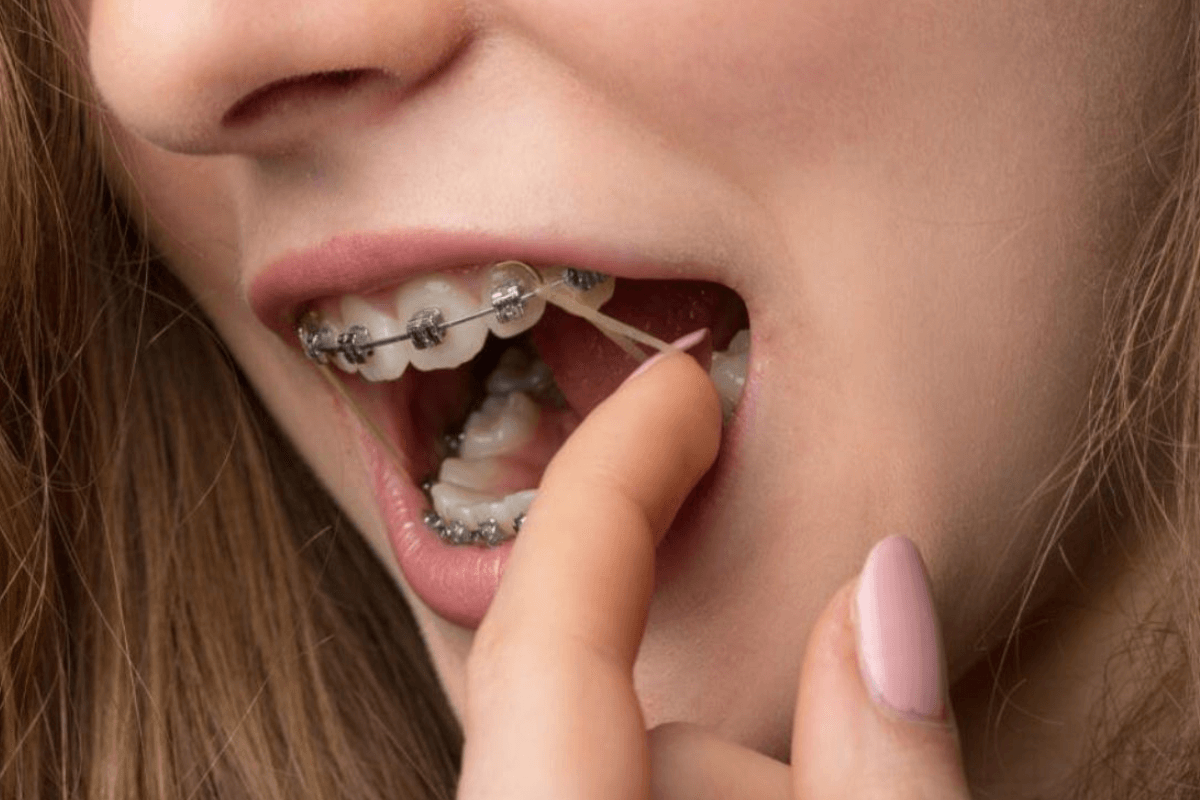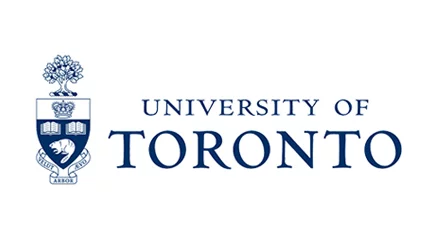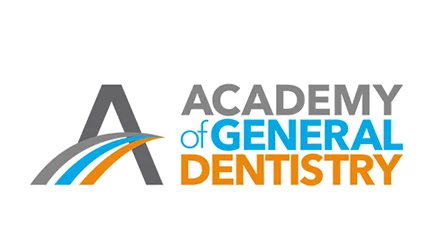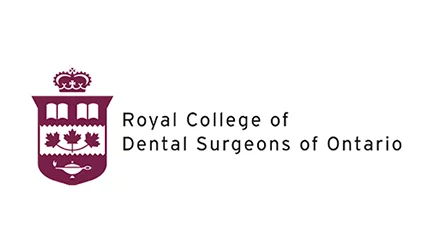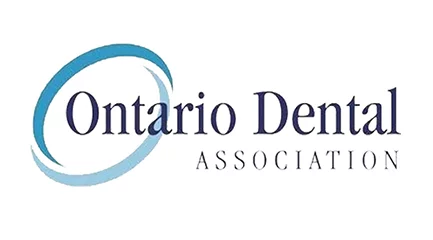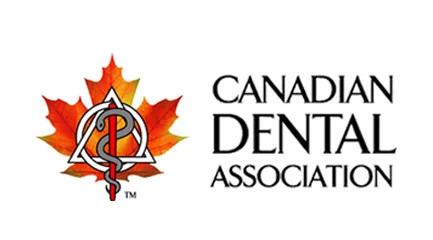Orthodontic techniques are a subset of dentistry that concentrates on correcting misaligned or misaligned teeth and jaws, thereby improving the appearance and health of the mouth of patients. Orthodontic treatments help patients achieve an attractive and straighter smile, as well as correcting problems like underbites, overbites, and overcrowding.
This article provides an extensive overview of various orthodontic options that are available. At the end of this article, readers will be aware of the various options they have and be better prepared to make a more informed choice about the treatment they will receive.
HOW DO YOU DEFINE ORTHODONTICS?
Orthodontics is the area of dentistry that concentrates on the diagnosis and treatment of “bad bites” (malocclusion). The most common orthodontic treatment options are braces as well as clear aligners and retainers. The way that your teeth meet can have a major impact on how your teeth fit together and can have a significant impact on oral health.
By adjusting the way that your lower and upper teeth align, you’ll be able to lower the risk of various oral health issues like dental cavities, gum disease, and wear (erosion) problems. Orthodontic treatments improve the health of your mouth, improve a smile, and help restore function to teeth.
WHO ARE ORTHODONTISTS?
Dental professionals specialize in the field of teeth and jaw alignment. They have been trained and certified to carry out procedures that enhance the function and appearance of jaws and teeth. The Orthodontist in Dickinson, TX, helps enhance the quality of life.
Additionally, they can prevent dental issues that are severe by using orthodontic treatment. They focus on:
- Treatment and diagnosis of jaws and teeth that are misaligned
- The procedure of straightening teeth surgically
- Supervising the growth of facial features in children to ensure proper bite alignment
- Making and implementing treatment plans with orthodontic devices
WHAT PROCEDURES ARE CONSIDERED ORTHODONTIC?
Orthodontic treatments align your teeth and enhance your bite and utilize an appliance that is removable or fixed to achieve this. These procedures can be long and require several years to complete, but the long-term permanent impact is worth the effort. After treatment with orthodontics, daily tasks such as chewing, biting, speaking, flossing, and caring for your teeth will become easier.
WHO CAN BENEFIT FROM ORTHODONTICS?
Most people can reap an advantage from orthodontics. Certain people require treatments more so than others. Many opt for orthodontic treatment due to the desire to enhance the look and appearance of their smile. In addition to the cosmetic advantages, orthodontics can also improve chewing and dental health.
Common orthodontic issues
Some orthodontic issues include:
- Overbite is when your upper teeth are pushed out in front of your lower ones.
- Underbite is when your lower teeth are more than your upper ones.
- Overlapping teeth.
- Teeth with crowding.
- Teeth that are crooked.
- Rotated teeth.
- Teeth that have been impacted (which are either completely or partially caught within the jawbone).
ORTHODONTIC PROCEDURES:
RETAINERS:
After you have your braces made of metal removed, you’ll be required to wear an orthodontic retainer for a specified amount of time. Retainers aid in maintaining the teeth that have been aligned so they don’t move again. You’ll either wear a removable retainer or a fixed retainer that stays permanently on the tooth’s back.
Removable retainers are made to be securely fitted to the top of your mouth. Removable retainers have an attached wire that runs across your tooth. However, they don’t need brackets as braces made of metal. There are also translucent plastic retainers that fit over your teeth, much like Invisalign(r).
Retainers might need to be adjusted by your dentist as time passes, but they generally need less maintenance than braces. In the end, your orthodontist might decide that you should only wear your retainer during the night instead of constantly.
CLEAR ALIGNERS:
Aligners for clear teeth are an increasingly popular option to use in place of braces. The most well-known brands are Invisalign(r) and ClearCorrect(r). Instead of wires and brackets in order to align your teeth, these systems employ a series of clear, custom-made aligner trays. Each set of trays is worn for one to two weeks prior to switching them out to the next set of the series. As time passes, the clear aligners move your teeth back into their correct position.
PALATE EXPANDERS:
Orthodontists suggest certain treatments in the early years of childhood.
The reason is that children’s facial bones are still growing, and they’re more flexible and easy to manipulate. The palatal expansion device assists in widening the upper jaw of a child. Most children don’t need palate expanders. In the right situation, they can help create more space without the necessity for the extraction of teeth as well as other surgical procedures.
TRADITIONAL BRACES:
It is an orthodontic procedure that has been practiced for a long time to straighten smiles. Braces consist of brackets made of steel attached to wires placed on the teeth. They exert pressure on teeth in order to move into the proper place. The dentist adjusts to tighten and loosen the wires often. They might employ orthodontic elastics in order to make teeth move more easily.
INVISALIGN:
Alternate orthodontic treatment options like Invisalign(r) have been gaining popularity due to their elasticity, lower treatment times, and less obvious appearance. Adults may also use Invisalign(r) at a later time in life in the event that they didn’t wear traditional braces when they were kids. Invisalign(r) is a fantastic alternative for those who require adjustments to their alignment but do not have serious problems with their bite.
The procedure is focused on discretely moving teeth and not causing drastic changes in the location of teeth and alignment. For patients with more serious orthodontic issues, conventional braces are typically advised.
In Invisalign(r) treatment, the dentist will design a set of clear aligners made of plastic that will move your teeth by tiny. Utilizing specialized computer imaging technology, the aligners are made specifically to fit your mouth. Each aligner is made for a period of one to two weeks of treatment, and the total time of treatment is approximately 12 to 18 months.
For Invisalign(r) aligners, just put them over your tooth and put them on for up to 22 hours per day. It is possible to remove the aligners to eat food and clean your teeth. Contrary to metal braces, you are able to consume hard, crunchy, and sticky food items while you undergo Invisalign(r) procedure. It’s easier to floss your teeth each day as well.
BRACES:
Braces comprise the largest and most commonly used kind of orthodontic treatment. They can be used to correct a wide range of dental issues, such as teeth that are misaligned or crooked, overbites, underbites, and more. Braces traditionally consist of brackets that are bonded to teeth, as well as wires used to put pressure onto the tooth in order to help it move into the right location. There are a variety of types of braces, such as ceramic, metal, and lingual braces.
Braces made of metal are by far the most popular kind and are made from stainless steel. Ceramic braces are akin to metal braces, but they are constructed of tooth-colored or clear material, so they are less noticeable. Lingual braces are similar in design to traditional braces. However, they are placed behind the teeth, which makes them almost invisible.
ORTHODONTIC ELASTICS:
Orthodontic elastics are an exclusive kind of rubber band that is utilized together with braces to solve jaw problems or improve tooth alignment. They can push your jaw forward or backward for better bite alignment and accelerate the process of aligning teeth.
RISKS / BENEFITS:
WHAT ARE THE BENEFITS OF ORTHODONTICS?
The aesthetic benefits of orthodontics are evident. However, these treatments provide health-related and functional advantages and also:
- If your teeth are in good alignment, they’ll be easier to keep clean.
- Straightening your teeth can enhance the chewing process and speech.
- Orthodontic treatment can alleviate the pain caused by TMJ disorders.
- A properly aligned bite can lower the risk of developing gum disease, cavities, and other oral health problems.
- Orthodontics can assist you in achieving and maintaining a gorgeous, healthy smile.
WHAT ARE THE DRAWBACKS OF ORTHODONTICS?
The biggest drawback is the immediate: You’ll need to adhere to the treatment guidelines carefully and remain patient until you achieve your goal. For some, orthodontic treatment can take less than a year. However, for others, it may take two years or more. Since everyone has their own specific needs, treatment times are different for each person.
Consult your dentist about what you can expect. If you do not clean up thoroughly around your orthodontic devices and appliances, you’ll also be at an increased risk of developing dental cavities. Follow the orthodontist’s dental hygiene suggestions.
CONCLUSION:
Orthodontic treatment is an essential aspect of maintaining healthy dental health and creating an attractive smile. If you’re looking for traditional braces or more modern orthodontic procedures, there are a variety of options to suit your specific needs.
In this complete guide, we’ve discussed the various kinds of orthodontic procedures typically employed to straighten teeth and improve the health of your mouth. If you’re thinking about an orthodontic procedure, it’s crucial to talk with an orthodontist in order to find the most appropriate treatment for your specific needs. The treatment of orthodontics can help you get a straight and healthier appearance, so do not delay to investigate the options offered to you.

